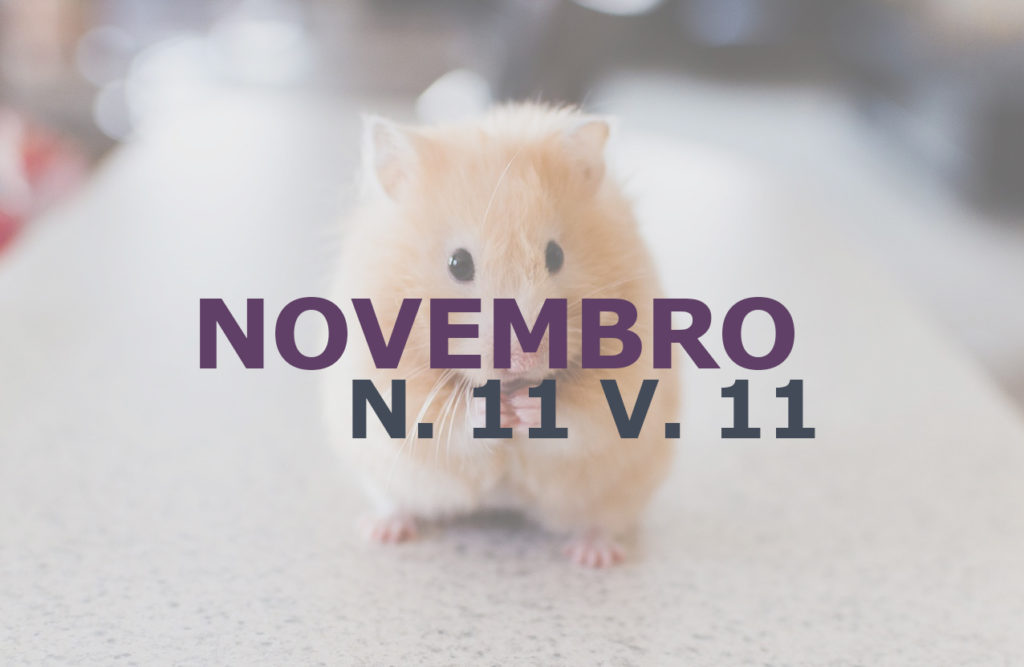Parasitological evaluation of excretes of pigeons housed in buildings of Federal University of Rio Grande do Sul
DOI:
https://doi.org/10.22256/PUBVET.V11N11.1108-1113Keywords:
columba livia domestica, feces, parasite, zoonosisAbstract
The aim of this study was to evaluate the presence of parasites in feces of pigeons housed in buildings of Campus do Vale of Federal University of Rio Grande do Sul (UFRGS). The campus has 99 buildings and 85 of them were inspected. Fecal samples were collected from 17 (20%) of them and the parasitological diagnosis was based on Willis-Mollay (WM), Lutz and modified Ziehl-Neelsen (ZNm) methods. By WM and Lutz were diagnosed eggs of ascarids in the collected feces: 1. Department of Ecology; 2. Department of Philosophy and Human Sciences. Nematode larvae were recovered from feces present in six buildings: 1. Computing Institute; 2. Research Laboratory of the Biotechnology Center; 3. Mining Department of Engineering School; 4. Library of the Institute of Physics; 5. Chemistry Institute – Classroom Amphitheater; 6. Computing Laboratory. By ZNm, the samples were negative for Cryptosporidium spp. oocysts. The fecal samples from pigeons housed at the university buildings presented parasitic structures with zoonotic potential. Knowing this diversity is of fundamental importance for a better management, preserving the health of people who transit through Campus do Vale UFRS.
Downloads
Published
Issue
Section
License
Copyright (c) 2017 André Luiz de Souza, Márcia Sueli Scisleski, Sandra Márcia Tietz Marques

This work is licensed under a Creative Commons Attribution 4.0 International License.
Você tem o direito de:
Compartilhar — copiar e redistribuir o material em qualquer suporte ou formato
Adaptar — remixar, transformar, e criar a partir do material para qualquer fim, mesmo que comercial.
O licenciante não pode revogar estes direitos desde que você respeite os termos da licença. De acordo com os termos seguintes:
Atribuição
— Você deve dar o crédito apropriado, prover um link para a licença e indicar se mudanças foram feitas. Você deve fazê-lo em qualquer circunstância razoável, mas de nenhuma maneira que sugira que o licenciante apoia você ou o seu uso. Sem restrições adicionais
— Você não pode aplicar termos jurídicos ou medidas de caráter tecnológico que restrinjam legalmente outros de fazerem algo que a licença permita.





